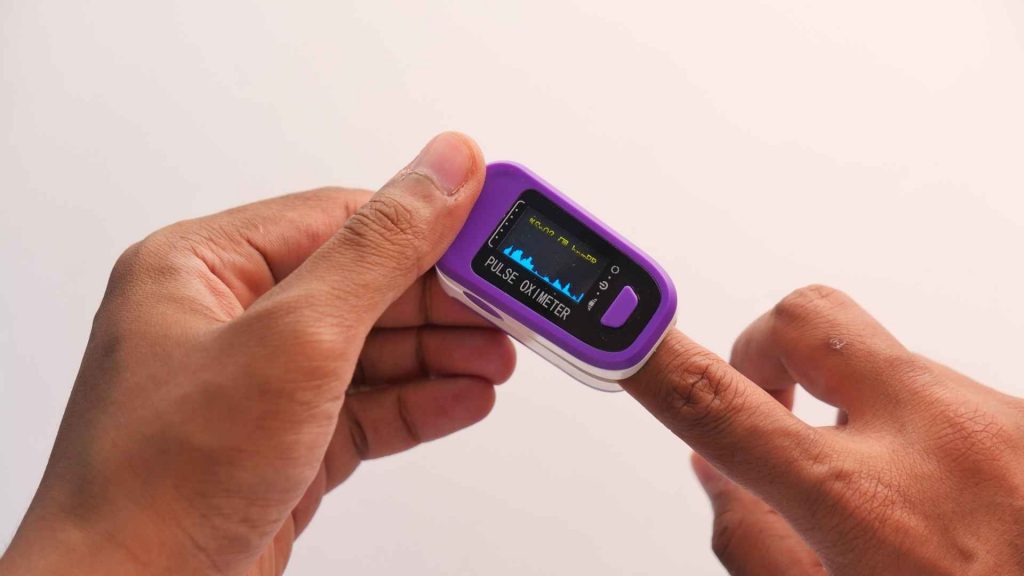
Pulse oximetry, a medical device that measures oxygen carried by red blood cells, is called a pulse oximetry. It is also used for diagnosing lung diseases and assessing treatment options. Although it's not clinically accurate pulse oximetry can be used to assess blood oxygenation. It is fast, painless and poses no risks. In the event of an emergency, however, a physician may want to use a medical blood oxygen monitor.
Pulse oximetry is a simple technology. It works by measuring blood light absorption changes. It measures oxygen levels in the blood and can also tell patients their heart rate and oxygen saturation. It can diagnose many medical conditions. It is extremely accurate. The monitor is becoming more popular in home care and general wellness settings. They are a reliable way to check blood oxygen levels in patients.
While a blood oxygen monitor isn't medically useful, it is important that you understand the concept. It is a medical device that measures oxygen content in red blood cells. It is non-invasive and requires no blood sample. The screen displays the amount of oxygen saturation within the red blood cell. The information can be used to determine whether a patient needs to get supplemental oxygen. The saturation value is not the same thing as the pO2 values. This is measured using a sample of blood taken through an artery. Therefore, it is important to discuss the value with your doctor before making a decision.
The blood oxygen monitor measures oxygen saturation in the body. It does not need a blood sample. On the screen, a person's oxygen saturation will be displayed. The reading shows how much oxygen has been absorbed by the red blood cells. This information can help determine whether a patient is in need of supplemental oxygen. The saturation value is different to the pO2 values, which are calculated by drawing blood from the vein. Ask your doctor for the meanings of these values.
Pulse oximetry is a non-invasive test that measures the oxygen level in the body. It uses two wavelengths of light to measure the oxygen level. The blood oxygen monitor can be used to monitor the oxygenation of the body. It is fast, easy, and inexpensive. It is ideal for professional medical and home care. Be aware that pulse oximetry is not 100% accurate and cannot replace arterial blood gas analysis.
An blood oxygen monitor can diagnose COVID-19, which is a condition characterized by low blood oxygen. A series of tests can determine the person's Sp02 levels. The best way to determine if someone has COVID-19 is to measure their blood oxygen levels. If the oxygen levels in the blood are lower that normal, a pulse oximeter can detect the condition.
How does a blood oxygen monitor work?
This monitor uses light absorption to measure oxygen saturation in blood. It displays information on a display that shows the oxygen level in the blood and the heart rate. People with COVID often require supplemental oxygen to avoid dehydration. A blood oxygen monitor, which can be used at home, is a great tool to monitor this condition. It is a quick and affordable way to check the oxygen level in a patient.
An Blood oxygen monitor does not require a blood sample. Its results reflect the oxygen saturation of red blood cells and can be used to diagnose health conditions or determine if an individual needs supplemental oxygen. A blood sample isn't necessary to use an oximeter. An blood oxygen monitor can be used by a doctor to determine if it is right for you.
A pulse oximeter measures the oxygen level in your blood. It doesn't require blood, so there's no need to worry about getting blood samples or a needle stick. A blood oxygen monitor can be kept at home and monitors oxygen levels. For COVID patients, a blood oxygen monitor is also available. This device can be used to monitor oxygen levels in patients.
